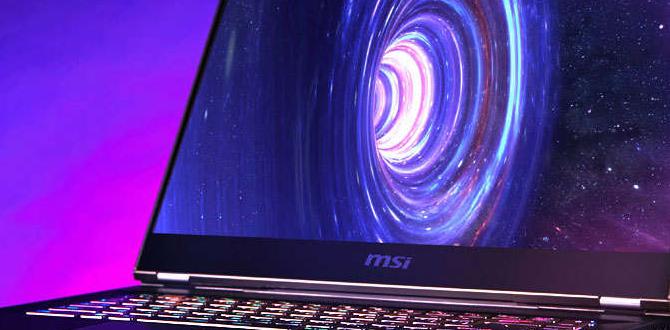When it comes to high-end gaming PCs, every millisecond counts. Whether you are a hardcore gamer or a competitive player, achieving low latency can make all the difference in your gaming experience. In this guide, I will delve into the world of sub-1ms latency in OSU, a popular rhythm game, and explore the key components and optimizations required to reach this level of responsiveness.
Components for High-End Gaming PC
Graphics Card
A powerful graphics card is essential for rendering smooth and detailed visuals in games.
Processor
A high-performance processor ensures quick data processing and seamless gameplay.
Memory
Adequate RAM is crucial for running multiple applications and games simultaneously.
Storage
Fast storage drives help reduce loading times and improve overall system responsiveness.
Cooling System
An efficient cooling system prevents overheating and maintains optimal performance during intense gaming sessions.
Importance of Low Latency in Gaming
Low latency in gaming is synonymous with reduced input delay, enhanced responsiveness, and gaining a competitive edge over opponents.
Reduced Input Delay
Low latency ensures that your actions are registered in real-time, translating to quicker response times in-game.
Enhanced Responsiveness
By minimizing latency, games feel more immediate and interactive, providing a smoother gaming experience.
Competitive Edge
In competitive gaming scenarios, low latency can be the differentiating factor between victory and defeat, giving you a crucial advantage over your rivals.
Achieving Sub-1ms Latency in OSU
Monitor Selection
Choosing a monitor with a high refresh rate and low response time is paramount for reducing input lag during gameplay.
Cable Considerations
Opting for high-quality cables and minimizing cable length can help maintain signal integrity and reduce latency.
System Optimization
Regular system maintenance, software updates, and optimization tweaks can further fine-tune your system for optimal performance in OSU.
Reaching sub-1ms latency in OSU requires a meticulous approach towards hardware selection, setup, and system configuration. By focusing on key components and implementing strategic optimizations, you can elevate your gaming experience to a new level of responsiveness and precision.
Conclusion
Low latency is not just a buzzword in the gaming world; it is a critical factor that can significantly enhance your gameplay experience. By carefully selecting components, optimizing your system, and prioritizing latency reduction, you can unlock the full potential of your high-end gaming PC. Embrace the quest for sub-1ms latency in OSU, and elevate your gaming performance to new heights.
FAQs
1. How important is low latency in gaming?
Low latency is crucial in gaming as it reduces input delay, enhances responsiveness, and provides a competitive edge.
2. What role does the monitor play in achieving sub-1ms latency in games?
Choosing a monitor with high refresh rates and low response times is essential for reducing input lag and achieving low latency.
3. How can system optimization help in reducing latency?
System optimization involves regular maintenance, software updates, and performance tweaks to minimize latency and enhance system responsiveness.
4. Why is cable quality important for latency reduction?
High-quality cables and proper cable management help maintain signal integrity, reducing latency and ensuring smooth data transmission.
5. What are some common components of a high-end gaming PC?
Key components of a high-end gaming PC include a powerful graphics card, high-performance processor, ample memory, fast storage drives, and an efficient cooling system to support optimal gaming performance.
